The ABC’s of Preparing for College Costs
Some parents start planning for college costs soon after their baby is born. While it may seem premature to be thinking about higher education expenses before your child even starts talking, it’s never too early to begin saving. Other parents may put off planning how to help pay for their children’s college tuition until much later. But no matter where you are in the college planning process, you can still prepare for these future costs.
An Early Start
Getting an early start on saving for your child’s college education is a smart move since tuition costs have increased at a much higher rate than the overall inflation rate for a number of years. According to the College Board, the average cost for tuition and fees at a four-year private college was $39,400 for the 2022-2023 school year. That’s a 3.5% increase (before adjusting for inflation) from the year before. For a four-year public college, the average cost of tuition and fees was $10,940, up 1.8% (before adjusting for inflation) from the year before.*
So, if your child is only one year old, can you imagine how high tuition costs could be in 17 years? If you assume an average annual college-cost inflation rate of 3% over the next 17 years, tuition and fees at a four-year private college would be $65,122, and tuition and fees at a four-year public college would be $18,082.
When you start saving for college while your children are still small, you give your savings time to grow. Even setting aside a small amount each month can add up quickly. For example, if you save about $51 a month in an account that earns an average annual total return of 6% compounded monthly, you could roughly accumulate enough over the next 17 years to cover the projected costs for your child’s first year at a four-year public college.
Big Results From Small Increases
The college years start to feel much closer once your children are in elementary or middle school. This is a good time to evaluate your college preparedness. If you haven’t started saving yet, you probably should begin at that point. If your savings aren’t on track to meet your goal, you may want to start saving more. Increasing the amount you save for college each month can make a big difference in the amount you will have accumulated over the next several years.
You also may want to consider including investments that have the potential to earn higher long-term returns. Keep in mind, however, that as your student moves from middle school into high school, saving for college becomes a short-term goal. You might want to gradually transfer assets from higher risk investments to more conservative ones at that time, since your money will have less time to recover from any losses.
Consider All Your Options
Once your child is in high school, discuss his or her career plans. Meeting with your child’s guidance counselor may be helpful in determining which colleges are suitable options. At this point, you should have a good idea of how much money you’ll be able to contribute to your child’s education.
When your child applies to college in his or her senior year, that is also the time to apply for financial aid. Before deciding on a college, make sure you and your child compare financial aid offers. Also, encourage your child to apply for as many scholarships and grants as possible.
Work with a Financial Professional
Wondering how you will be able to set aside money for your child’s college expenses while saving for retirement and keeping up with daily expenses? You’re not alone. Working with a financial professional can help you create goals and a plan personalized for you. Our team is here to help so you can work towards reaching your financial goals and enjoying your milestone moments. Schedule a meeting with our team to get started.
*The College Board, Trends in College Pricing and Student Aid 2022

